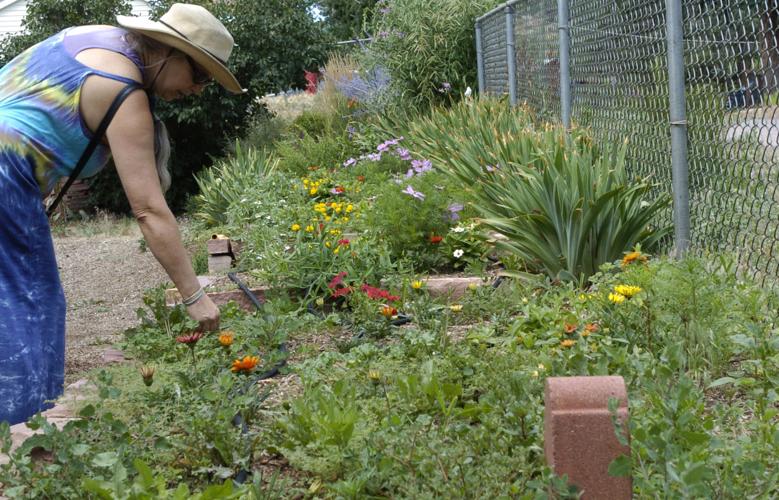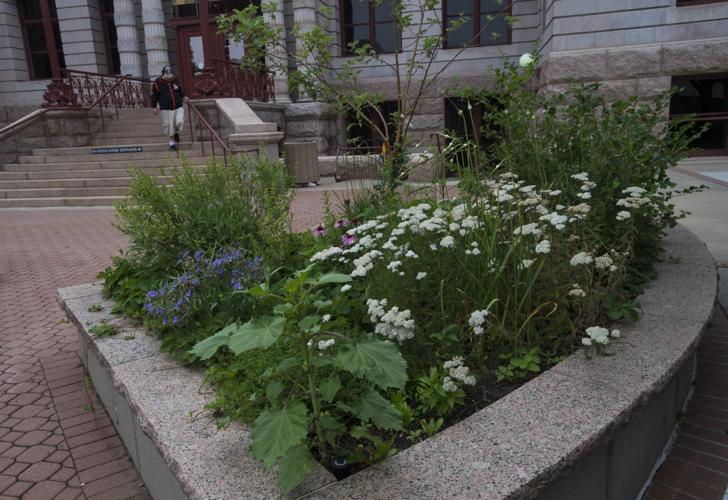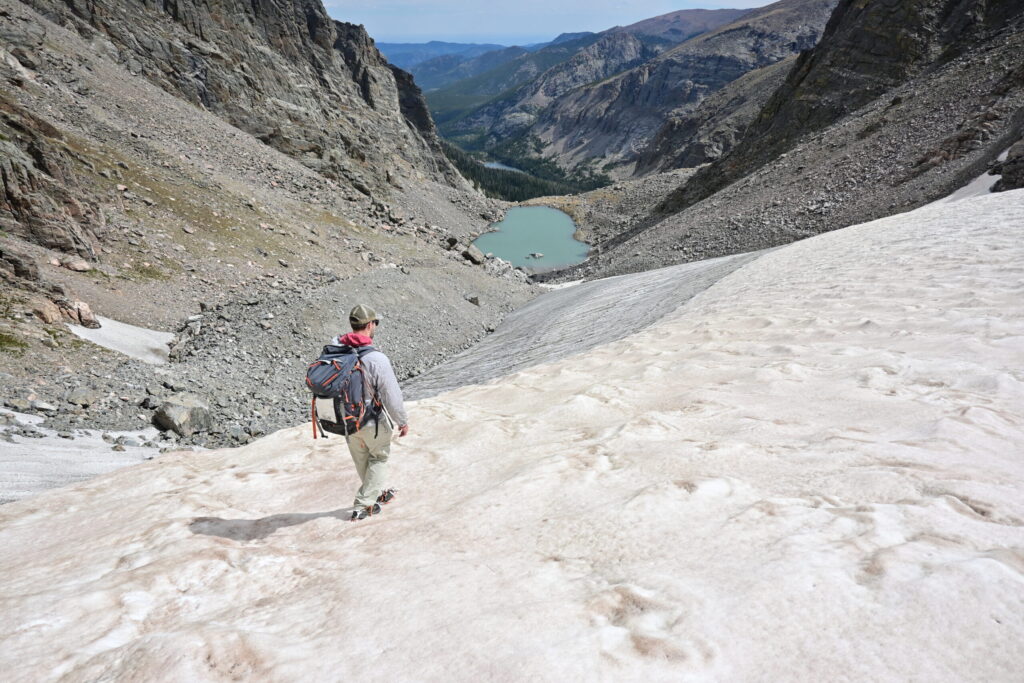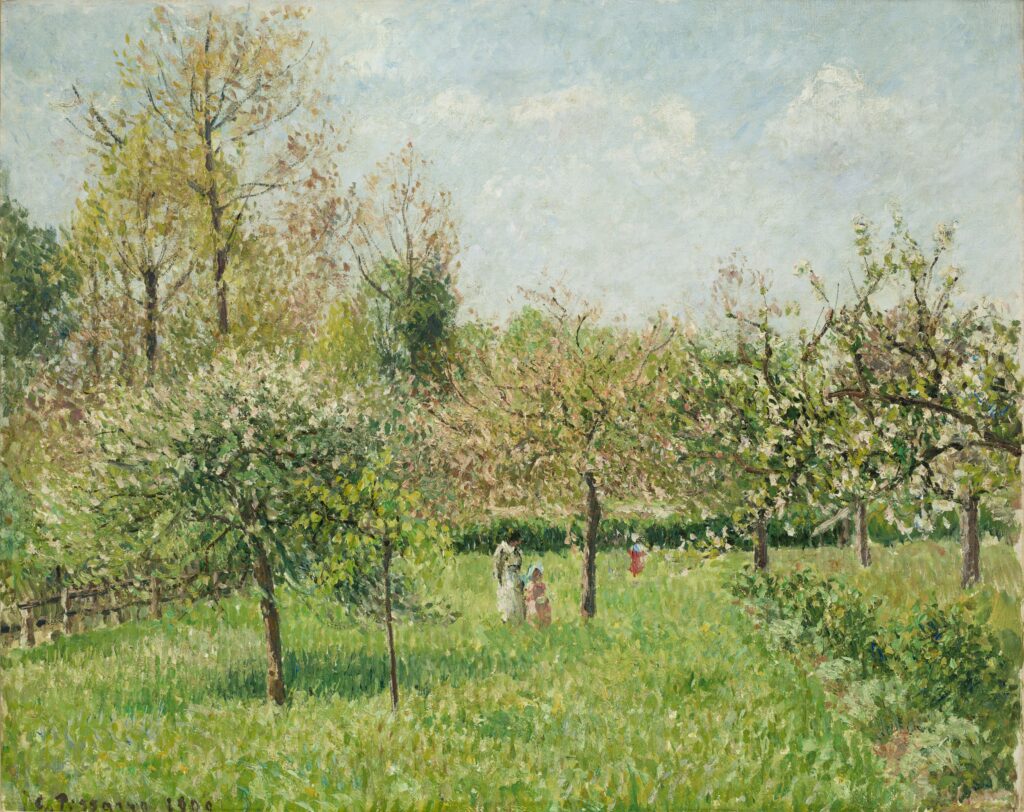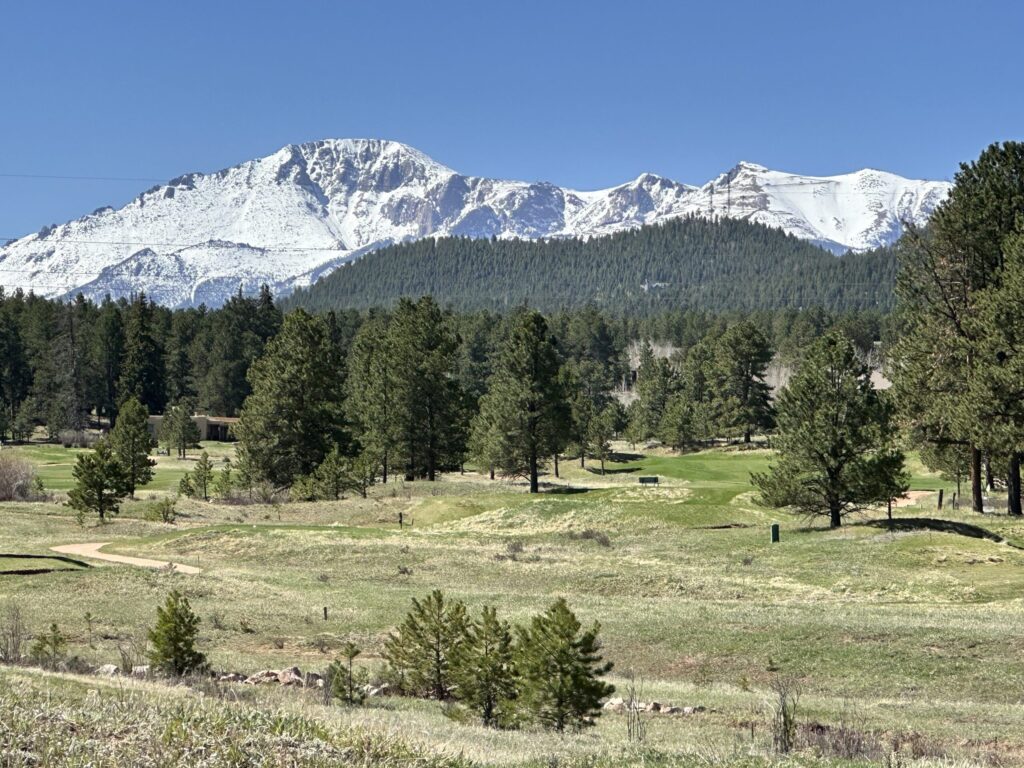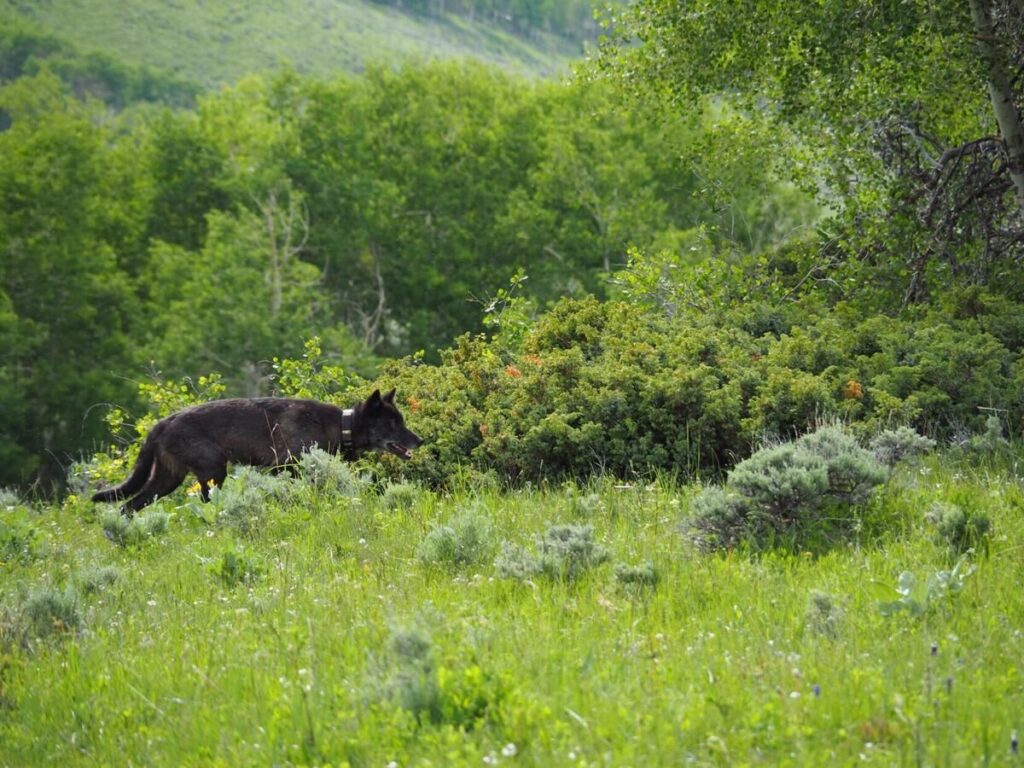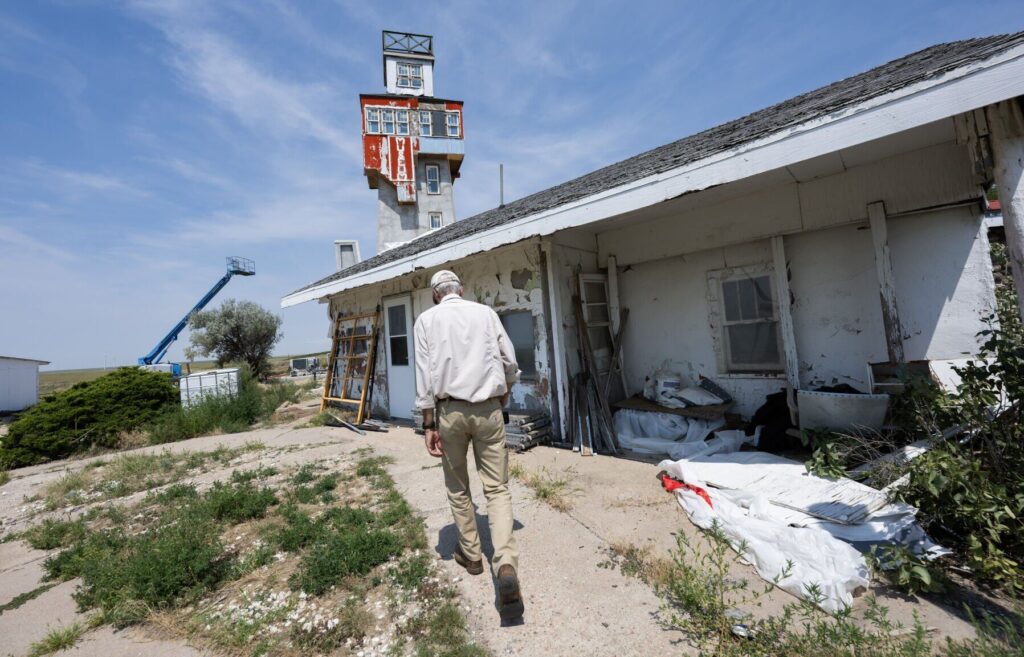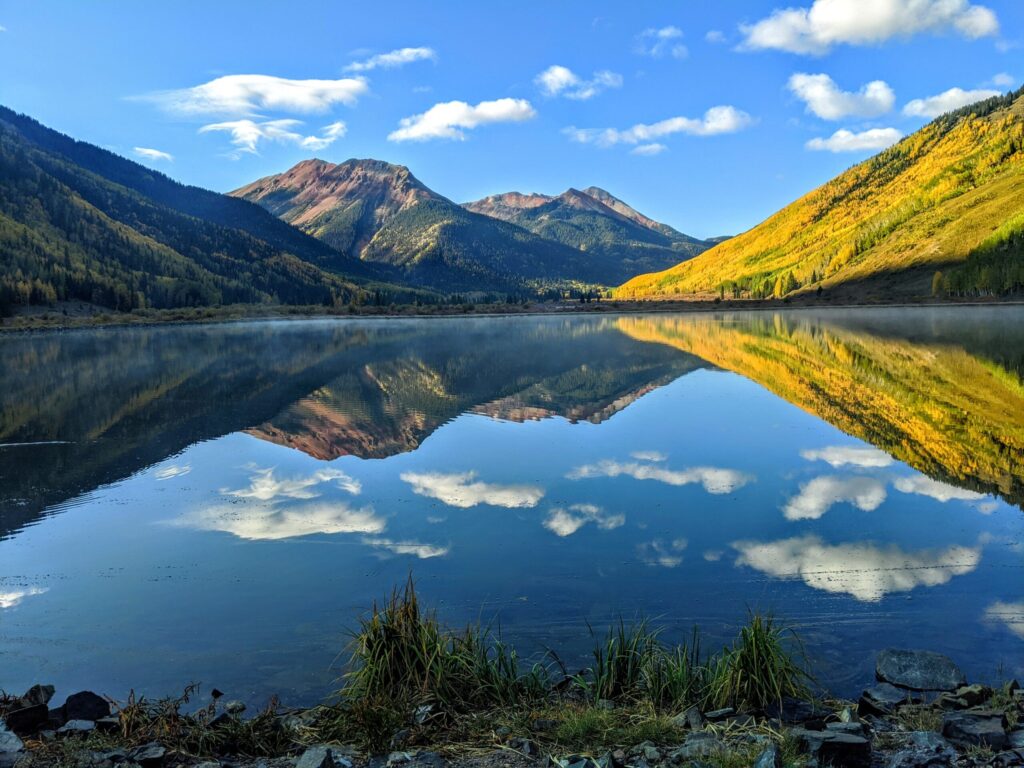Tips on how to build a permaculture garden: A sustainable garden
With the arrival of spring, you might be thinking of starting a garden.
There’s no shortage of gardening methods, but if you’re interested in starting a garden to last, try your hand at permaculture.
Permaculture uses nature’s design to make productive, resilient gardens that are connected to the surrounding environment. It focuses on a closed loop system of gardening to reduce waste.
So, how can you start a permaculture garden? Well, prep is a big part. And patience — lots of patience.
Knowing the land you want to garden is key, said Becky Elder, director and founder of Pikes Peak Permaculture.
Observe. Where does the sun hit? How does the sun move across the area? Where does the wind blow? Studying the land is important to know where to plant what, Elder said.
“You would want to spend at least a year on the land to see what’s already there,” she said. “Are there bolts (plants that prematurely go to seed) in the springtime? If you move in at the fall, the bolts aren’t showing and you could plant something right on top.”
Note if there are animals, like deer or ground dwellers that frequent the area, as well as what trees are on the property and where they are. Notice what other plants are growing and if they’re healthy.
“All these kind of things inform your design and what to plant, and that takes a little bit of time,” Elder said. But, again, patience is key.
Education
Before diving in, it helps to have some understanding of what to do and why. And there’s no shortage of resources.
Classes on gardening and permaculture can be found at local nurseries and garden shops, Elder said, as well as through specific programs. Books are also a good resource for starting a permaculture garden.
“Any education you can get is great,” Elder said. “Educate yourself on what you’re doing.”
Placement and design
An important facet of permaculture is success by design.
Put plants and materials in purposeful locations, Elder said. For example, if planting herbs, make sure to place them close to the door or near the kitchen so you will utilize them, she said.
“Know why you’re putting it where you’re planting it,” Elder said. “Don’t put your compost in the far reaches of the yard, because you’ll never get there.”
There are also different ways to build a garden that have unique benefits.
A keyhole garden is one permaculture technique for growing food. It takes up less space by letting the gardener walk into the center, put down their tools and work the garden from all around. A benefit of the keyhole is having a prime spot to place compost, Elder said.
An herb spiral is another smart design, Elder said. The raised spiral garden gets taller the closer it gets to the center, and it is great for hosting plants with different needs, because it provides a variety of microclimates.
“When you’re finished building you have this mountain that will retain the heat from the sun longer in the fall and grab on to the heat earlier into the spring,” she said.
Soil
In a place like Colorado, where the soil tends to be sandy, it’s important to build up the quality of your soil, Elder said.
“Soil feeds the plants, it’s an incredible element,” Elder said. “People don’t always understand that soil is a living entity. When you water your plants you’re actually watering the soil so it can deliver to the plants.”
Elder recommends the lasagna method to improve soil rather than buying a bag at a lawn store. The lasagna method is where you create layers of compostable materials to naturally create nutrient-rich soil.
Sitting above the ground, you start your lasagna garden with cardboard, then continue to layer with materials like manure, leaves, wood chips, shredded cardboard and other organic items. From there, make sure to water.
“Your soil generates for you,” she said. “You can make more soil and save that money that you’re buying soil with, to use our own landscape to create soil.”
The good news is that building up your soil can be done any time of year — in fact, Elder recommends doing it over fall or winter so by the time spring comes your garden will be ready.
Plants
For a permaculture garden, perennials are key. But, that doesn’t mean annuals can’t play a role.
“Permaculture relies on perennial plants,” Elder said. “We grow the annuals, but we don’t focus on them.”
Perennial plants like apple trees, cherry trees and berry bushes are great for a permaculture garden because once they grow, they’ll produce continually.
“Once they start producing, they will go on and continue to produce and produce and produce without you having to go out there and do it all again every year,” she said.
Herbs are also a staple, whether using them to season food or as medicine.
“ There’s a lot of very wonderful herbal medicine that we can grow in our gardens and we can actually use,” Elder said.
Use what you have
Using what is already available is a great way to build your permaculture garden.
For example, Elder recommends using rainwater or grey water for the garden.
“We’re not asking people to go out and buy a bunch of barrels and store a bunch of water. It’s hard to store water without it going off a little bit. But there are things that we can do,” she said.
“We can have grey water systems which takes our shower water and our laundry water.”






